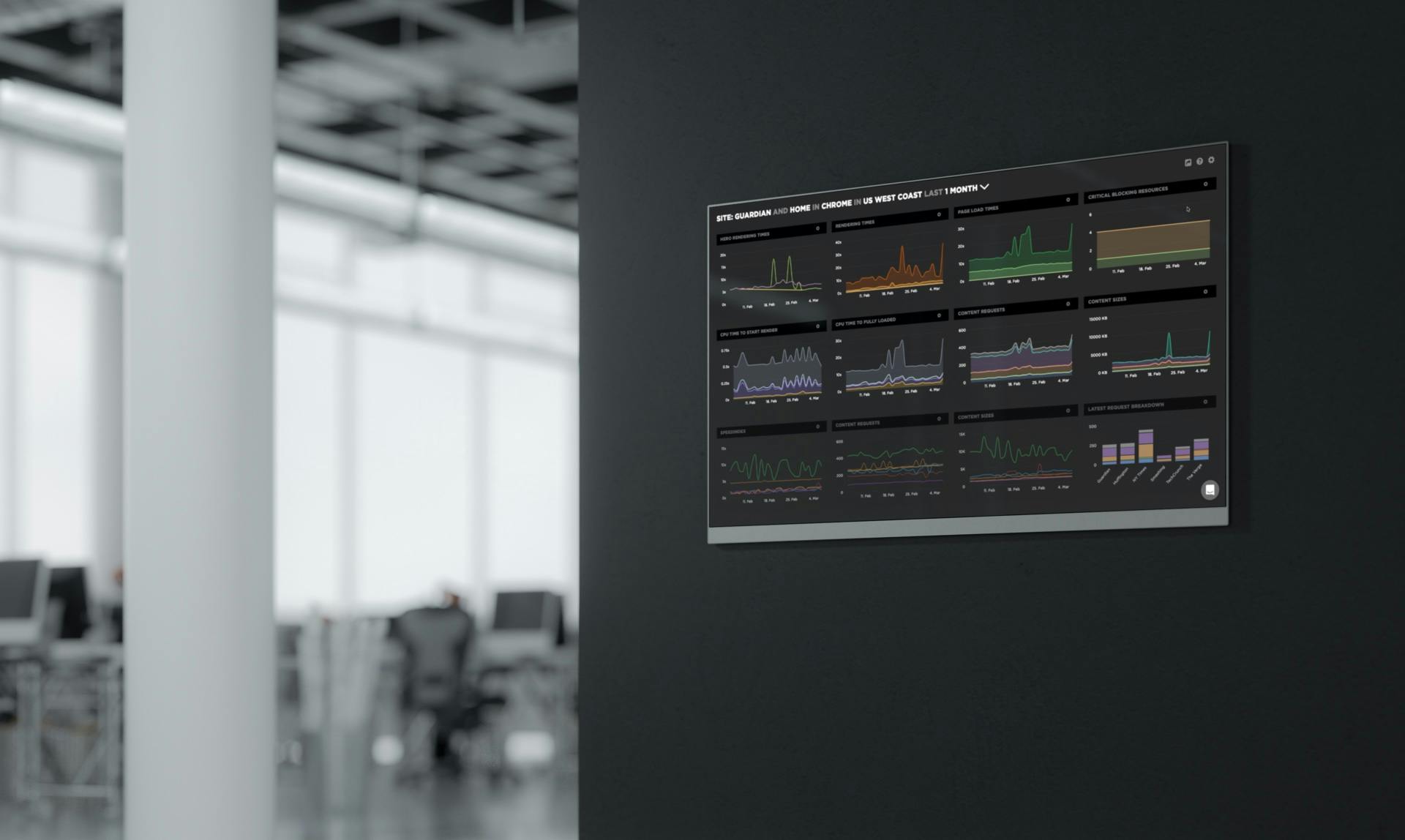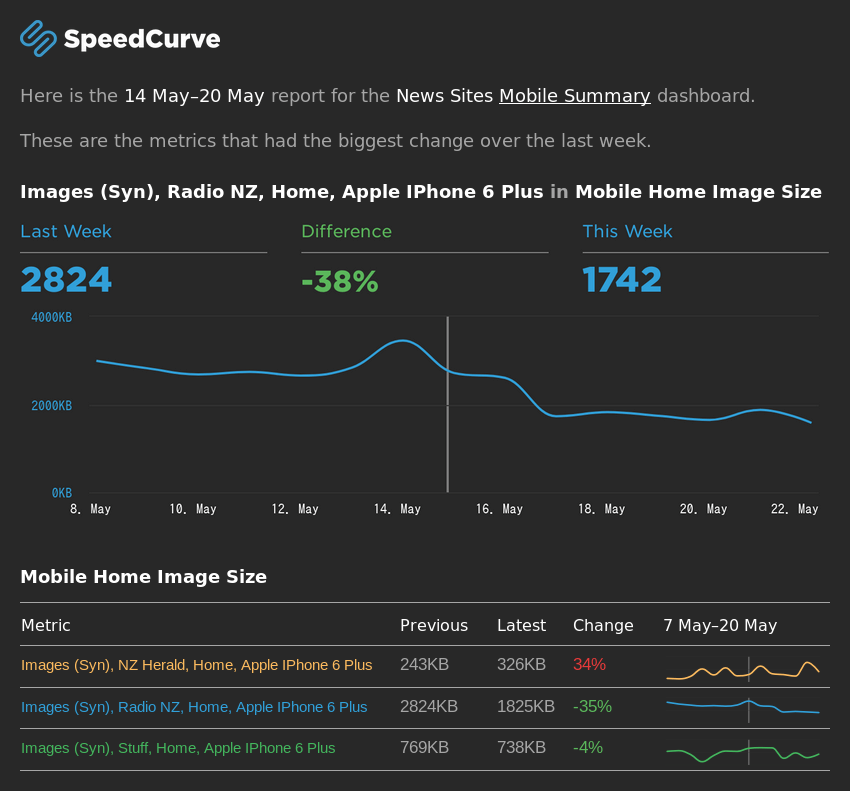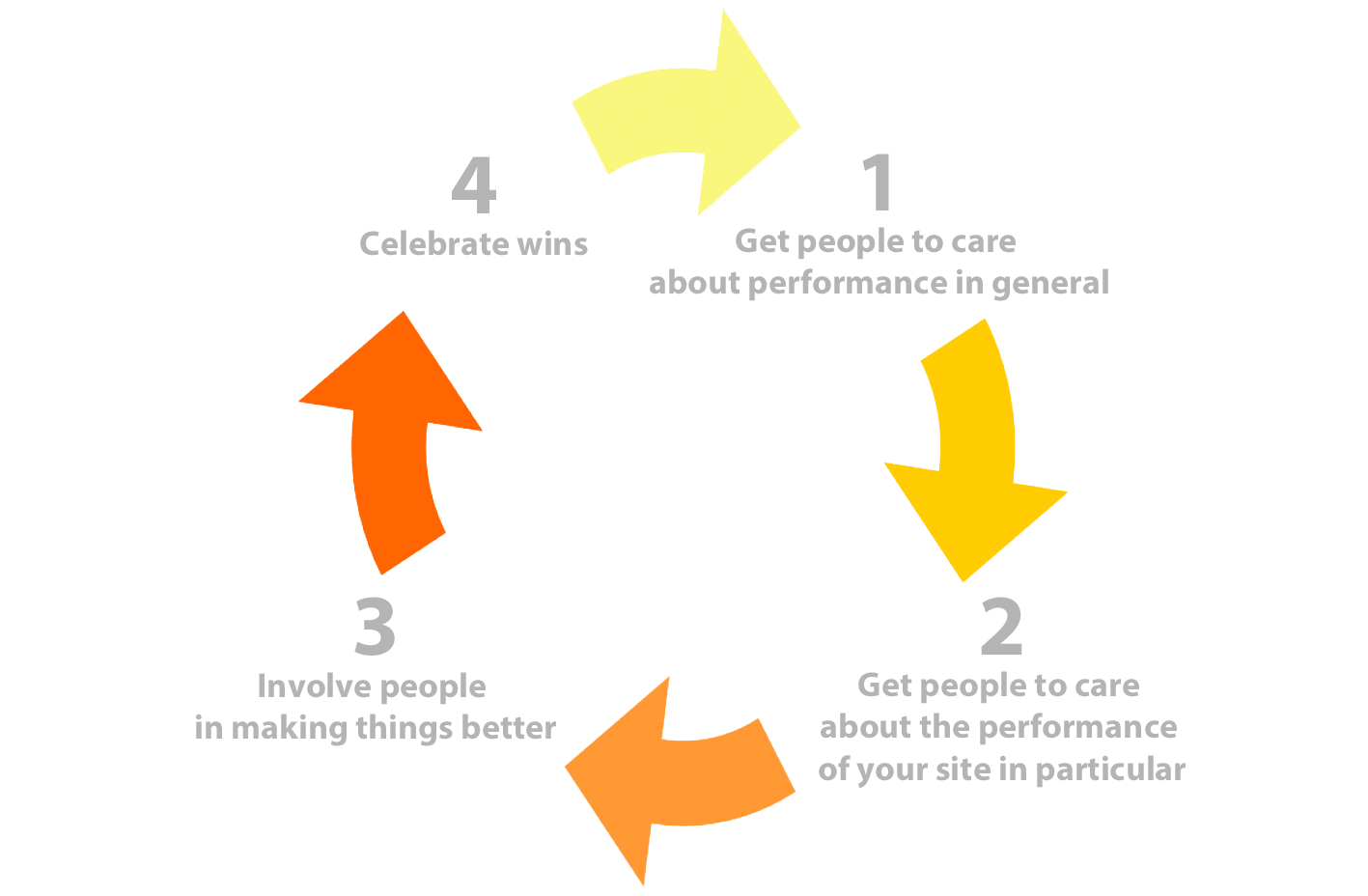2024 Holiday Readiness Checklist (Page Speed Edition!)
Delivering a great user experience throughout the holiday season is a marathon, not a sprint. Here are ten things you can do to make sure your site is fast and available every day, not just Black Friday.

Your design and development teams are working hard to attract users and turn browsers into buyers, with strategies like:
- High-resolution images and videos
- Geo-targeted campaigns and content
- Third-party tags for audience analytics and retargeting
However, all those strategies can take a toll on the speed and user experience of your pages – and each introduces the risk of introducing single points of failure (SPoFs).
Below we've curated ten steps for making your users happy throughout the holidays (and beyond). If you're scrambling to optimize your site before Black Friday, you still have time to implement some or all of these best practices. And if you're already close to being ready for your holiday code freeze, you can use this as a checklist to validate that you've ticked all the boxes on your performance to-do list.
Continuous performance with guardrails and breadcrumbs

The hardest part about web performance isn’t making your site faster – it’s keeping it that fast. Hearing about a company that devoted significant effort into optimizing their site, only to find their performance right back where it started a few months later, is all too familiar.
The reality is that, as critical as site speed is, it’s also very easy to overlook. It doesn’t jump out like a blurry image or a layout issue. And the majority of modern tools and frameworks that are used to build sites today make it all too easy to compound the issue.
Making performance more visible throughout the development process is one of the most critical things a company can do.
I like to think of it as setting up guardrails and breadcrumbs.
- We need guardrails to help protect us from shipping code that will result in unexpected regressions.
- We need breadcrumbs that we can follow back to the source to help us identify why a metric may have changed.
Guardrails and breadcrumbs need to work together. Setting up guardrails without the ability to dive in more will lead to frustration. Having proper breadcrumbs without guardrails in place all but assures we will constantly be fighting regressions after they’ve already wreaked havoc on our sites and our users.
Let’s take a look at both of these concepts and how they should work together.
Web Performance for Product Managers
I love conversations about performance, and I'm fortunate enough to have them a lot. The audience varies. A lot of the time it’s a front-end developer or head of engineering, but more and more I’m finding myself in great conversations with product leaders. As great as these discussions can be, I often walk away feeling like there was a better way to streamline the conversation while still conveying my passion for bringing fellow PMs into the world of webperf. I hope this post can serve that purpose and cover a few of the fundamental areas of web performance that I’ve found to be most useful while honing the craft of product management.
So, whether you are a PM or not, if you're new to performance I've put together a few concepts and guidelines you can refer to in order to ramp up quickly. This post covers:
- What makes a page slow?
- How is performance measured?
- What do the different metrics mean?
- Understanding percentiles and how to use them
- How to communicate performance to different stakeholders
Let's get started...
Six web performance resolutions for the new year

For the past two years, the performance.now() conference has been the most valuable performance event I've attended. So valuable, in fact, that I've made some of the talks the cornerstone of this list of performance resolutions for 2020. I'd love to know how many – if any – of these are on your list. As always, I'd love people's feedback!
Chart sizes and TV Mode
SpeedCurve now has different chart sizes and a special TV Mode to help you build a performance culture in your organisation.

From its inception, SpeedCurve has always been designed to look awesome on the big screen. We see SpeedCurve as not just a tool for debugging web performance, but as a communication tool to rally your organisation around the importance of web performance. SpeedCurve helps bring together the development, design, and management teams, and gets everyone focused on turning your product into a fast and joyous experience for your users.
Weekly email reports from your SpeedCurve dashboards
Part of building a strong performance culture in an organisation is lowering the barrier to getting people excited about performance. One of the most effective ways I've found to do this is to send around a performance report every week that can, at a glance, answer an important question: did performance get better or worse?
That was the motivation behind our new Weekly Report feature. Now you can configure any of your Favorites dashboards to be summarized in a weekly email, like this one:

How to create a healthy, happy performance culture
One of the best parts of my job is getting to talk to so many people from so many different companies about web performance. Every company is different, and I learn a ton from talking to each one. But one question that almost every person asks me – regardless of what industry they're in or the size of their organization – is this:
How can I create a stronger culture of web performance at my company?
Creating a performance culture means creating a feedback loop in your company or team that looks like this:

In other words: Get people to care, show them what they can do to help, and then give them positive reinforcement when you get results. It's basic human psychology, and it might seem obvious when you see it in a super-simple graphic. But it's surprisingly easy to miss these steps and instead skip ahead to the part where you invest in awesome performance tools, and then wonder why all your performance efforts feel like such a painful uphill slog.
In this post, I'm going to share some proven tips and best practices to help you create a healthy, happy, celebratory performance culture.
Velocity: Better performance through better design
Improve web performance by improving your design process… it needs to be iterative, mindful, principled and visual.
At my third Velocity conference for the year (this time in beautiful Barcelona) my keynote presentation explored the ways in which a thoughtfully developed design process can lead to higher functioning teams and better web performance.




